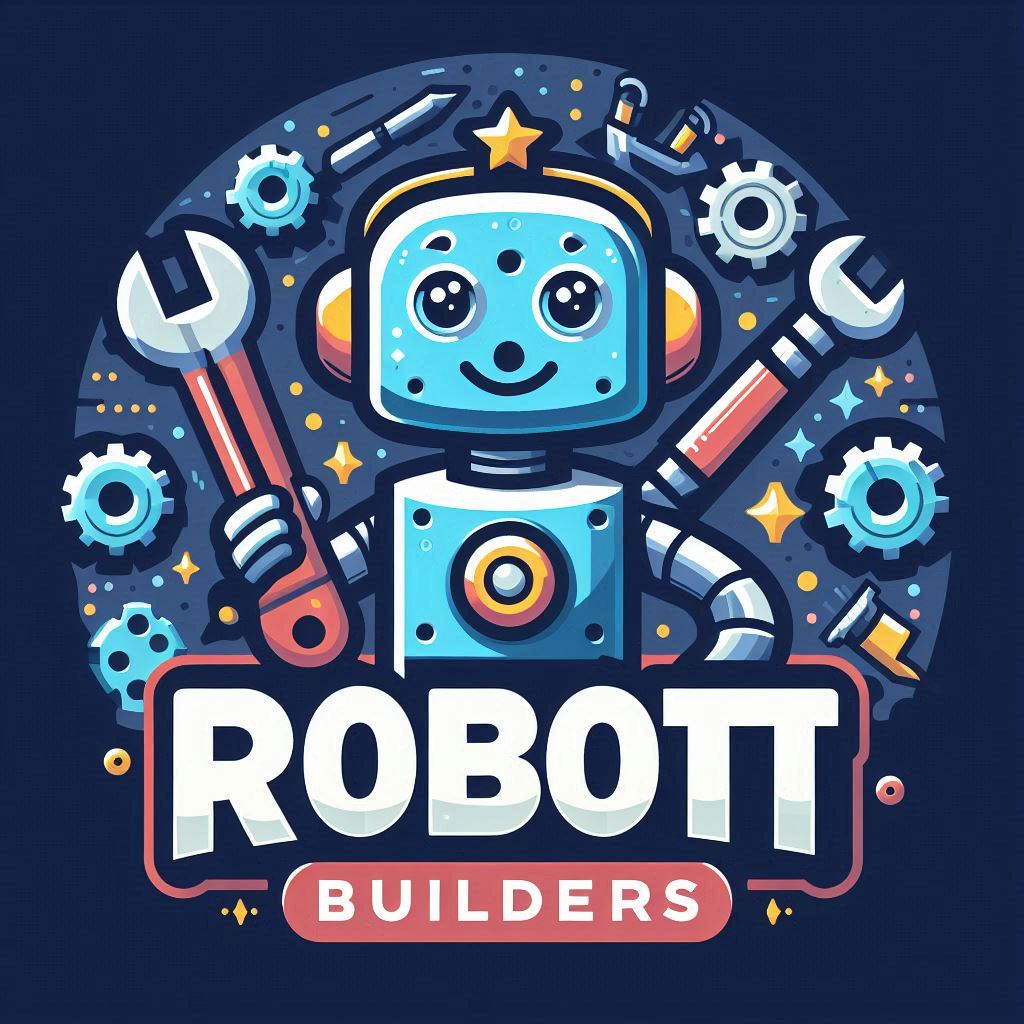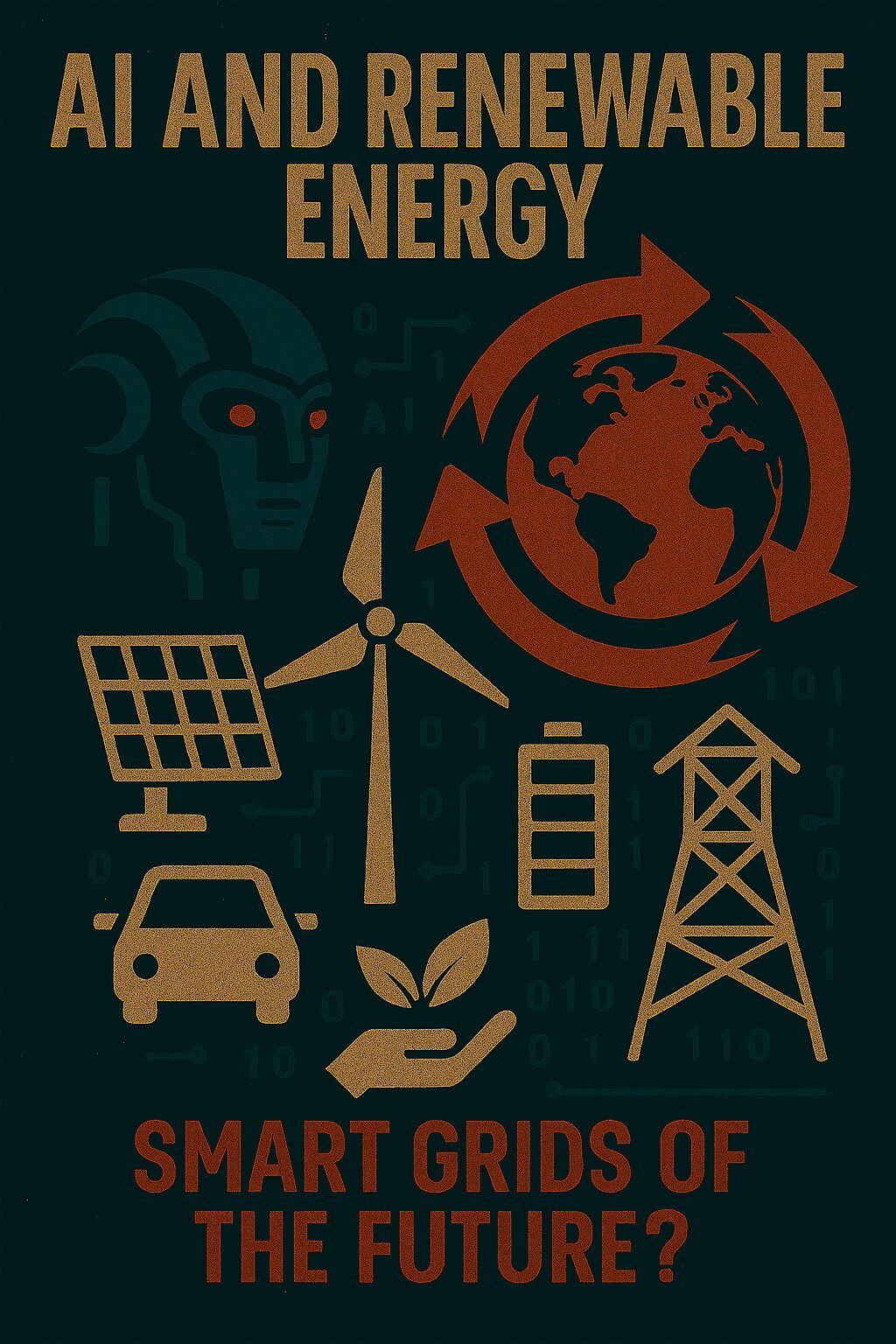Introduction: The Digital Backbone of the Green Revolution
In 2025, the global energy landscape is undergoing a seismic shift. As nations race to decarbonize, the integration of renewable energy sources like solar and wind is accelerating. But with this transition comes complexity—intermittent supply, decentralized generation, and rising demand. Enter artificial intelligence (AI), the silent architect behind the smart grids of the future. AI is transforming how we produce, distribute, and consume energy, making the dream of a clean, resilient, and intelligent power system a reality.
🤖 What Is a Smart Grid—and How Does AI Power It?
A smart grid is an intelligent energy network that uses digital technology to monitor, predict, and optimize electricity flow. AI enhances smart grids by:
- 🧠 Predicting energy demand and renewable output
- ⚡ Balancing supply and demand in real time
- 🔋 Managing energy storage systems efficiently
- 📡 Coordinating distributed energy resources (DERs)
- 🛡️ Detecting faults and preventing outages
According to a , AI enables smart grids to self-heal, adapt to changing conditions, and deliver reliable, low-carbon electricity.
📈 How AI Is Revolutionizing Renewable Energy Integration
| AI Capability | Impact on Smart Grids |
|---|---|
| 🧠 Load Forecasting | Improves accuracy of demand prediction |
| 🌞 Renewable Output Prediction | Anticipates solar and wind variability |
| 🔋 Intelligent Storage Control | Optimizes battery charging/discharging cycles |
| 🕸️ Grid Optimization Algorithms | Reduces transmission losses and curtailment |
| 📊 Real-Time Data Analytics | Enables dynamic grid balancing and fault detection |
A recent patent by Hangjing Intelligent Technology introduces a CNN-LSTM model that predicts short-term wind and solar output, enabling high-frequency dynamic scheduling and boosting renewable integration rates .
🧪 Real-World Examples in 2025
- 🇩🇪 E.ON uses real-time data from smart meters and solar panels to optimize grid operations across Europe
- 🇨🇳 Hangjing Intelligent’s AI scheduling system reduces curtailment and enhances grid stability
- 🇺🇸 Google DeepMind cuts energy use in data centers by 40% using AI-driven cooling optimization
- 🌐 Energy communities use AI to share solar power locally, balancing generation and demand in real time
These examples show that AI isn’t just theoretical—it’s already powering the green transition.
⚠️ Challenges and Ethical Considerations
While AI offers immense promise, it also raises concerns:
- 🔐 Data privacy from smart meters and IoT devices
- ⚖️ Algorithmic bias in energy distribution
- 🧮 High energy consumption during model training
- 🛠️ Need for skilled workforce and robust infrastructure
Solutions like federated learning and differential privacy are being explored to protect consumer data while enabling intelligent grid management .
🛡️ Building the Smart Grid of Tomorrow
✅ Key Strategies:
- Invest in AI-powered grid infrastructure
- Promote open-source energy optimization tools
- Support policy frameworks for ethical AI deployment
- Train engineers in AI-energy convergence
- Encourage citizen participation through gamified demand response
🔑 SEO Keywords to Target
- AI in renewable energy 2025
- smart grid technology
- artificial intelligence energy optimization
- CNN-LSTM grid scheduling
- intelligent energy storage
- real-time grid analytics
- future of clean energy systems
🧭 Conclusion: Intelligence Meets Sustainability
In 2025, smart grids are no longer a futuristic concept—they’re the foundation of a resilient, renewable-ready energy system. Powered by AI, these grids can adapt, learn, and optimize in real time, turning complexity into clarity and chaos into control.
The future of energy isn’t just clean. It’s intelligent.

